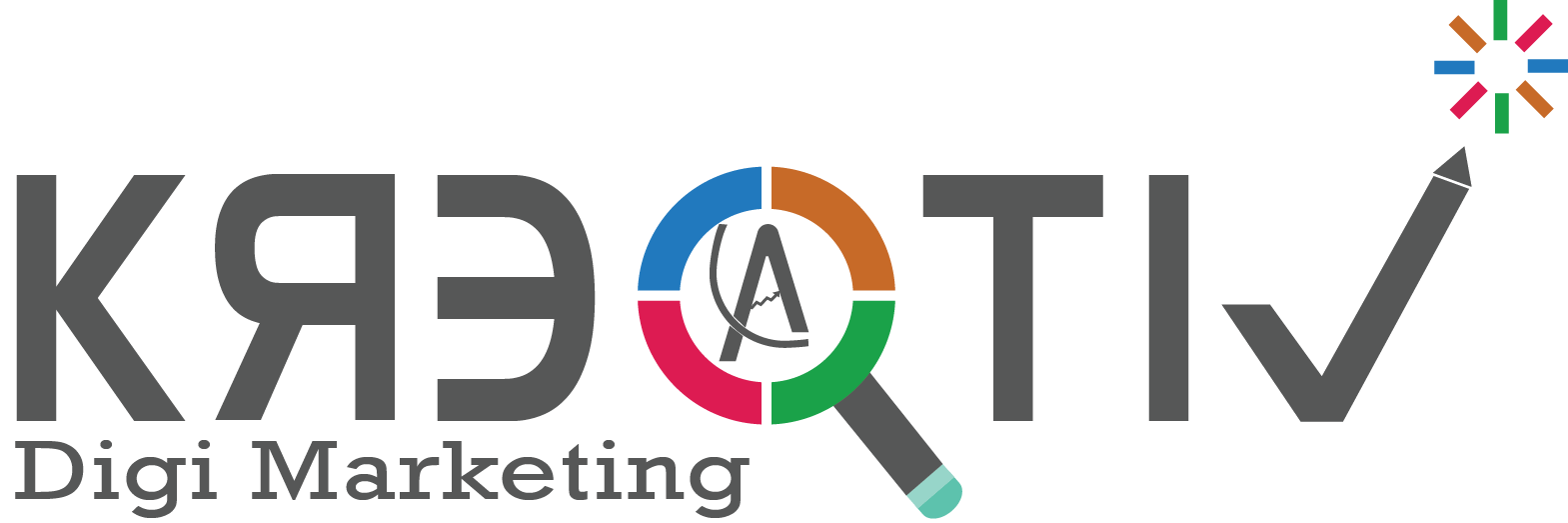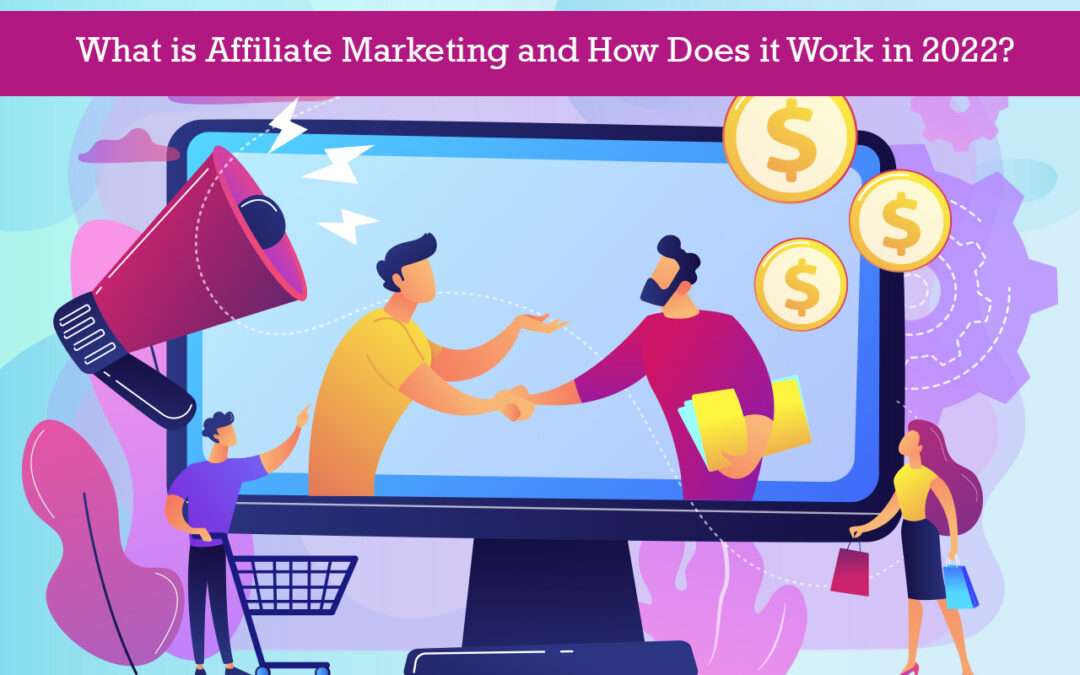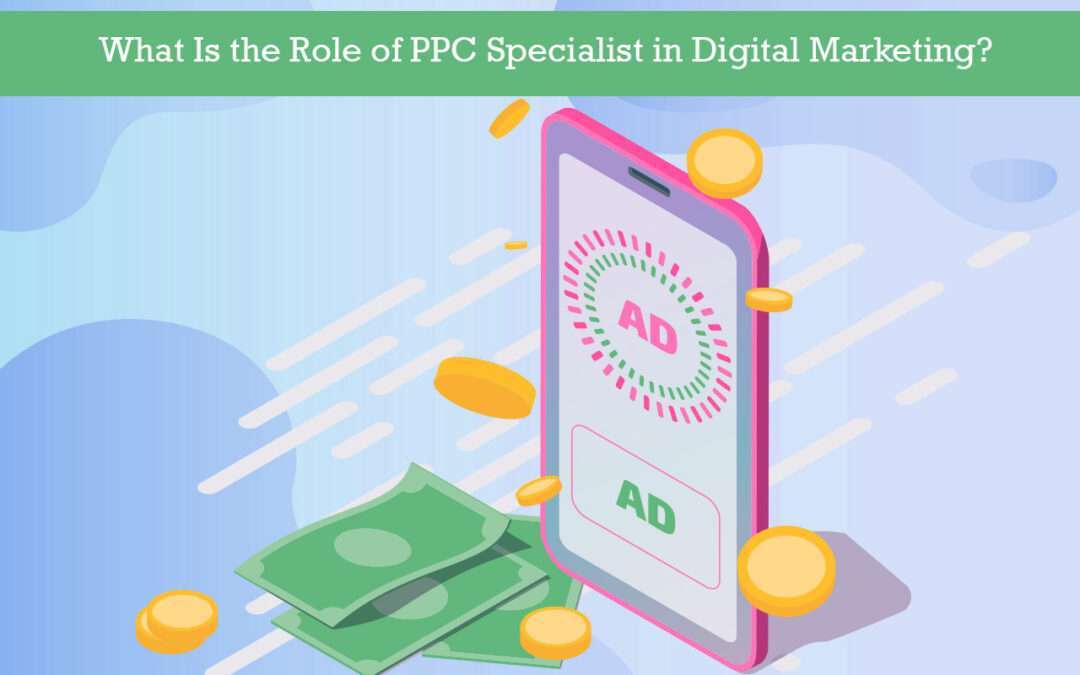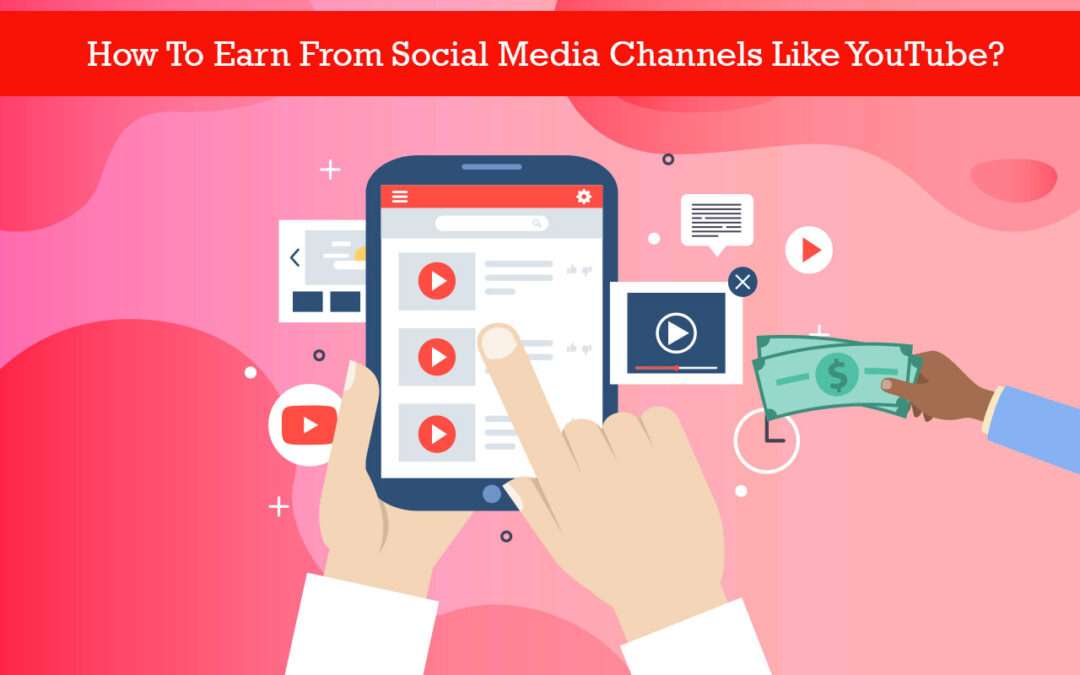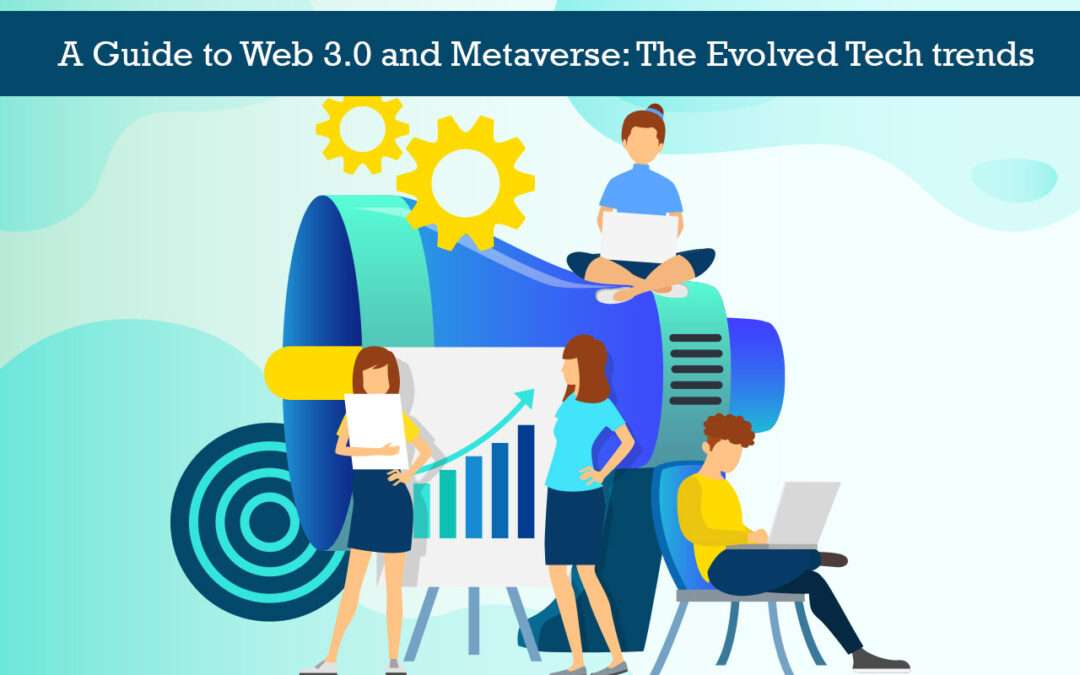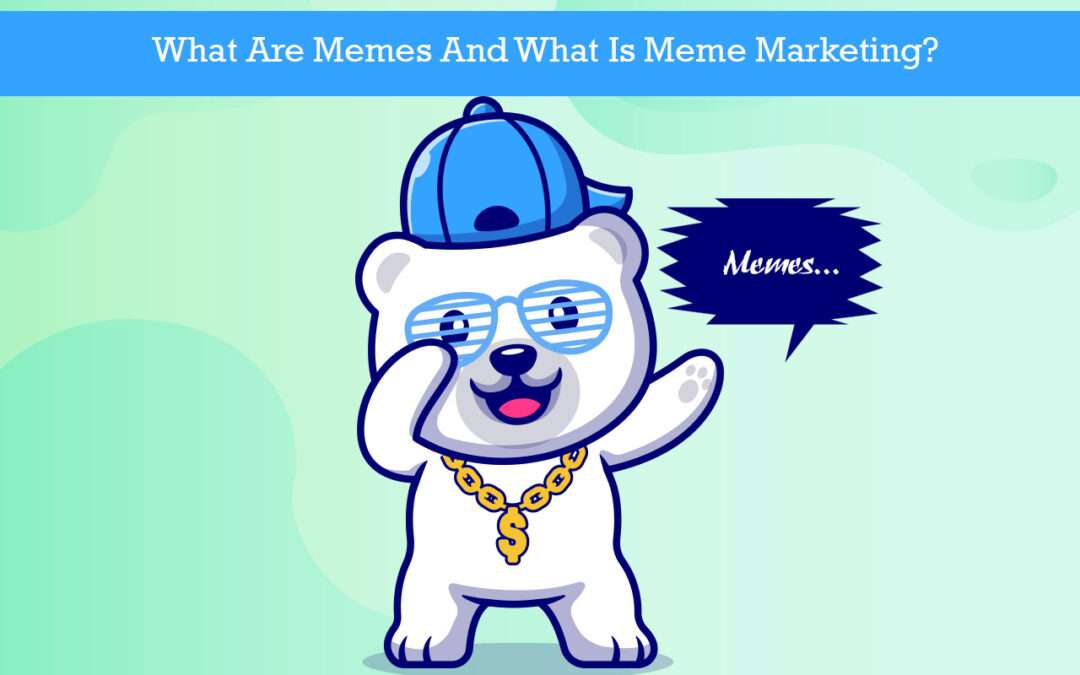
What Are Memes And What Is Meme Marketing?
What Are Memes And What Is Meme Marketing?
We all know that in the digital marketing age, memes have evolved into a type of cultural currency that can be found on all social media platforms.
They’re short, hilarious pieces of material with an image and text that are meant to be consumed quickly.
But did you ever think that memes can be used for marketing? Yes, this article explains what memes are, how to utilize them for marketing, and what are the benefits of using memes in marketing.
What Do You Mean By Memes?
A meme is nothing but a joke, or concept borrowed from popular culture, such as a television show or film.
It was firstly invented by Richard Dawkins. He originated the term in 1976 when he suggested that an idea might spread and take hold in popular culture in the same way that genes could multiply.
Memes are nothing but images or videos that are funny. There are many funny marketing memes that are used to engage customers and create brand awareness. Memes are effective jokes that can be fun and fruitful at the same time.
Today, businesses know the enormous digital marketing and potential of memes. However, they frequently use them in their social media branding efforts to engage their fans.
And there’s a compelling rationale for it. However, more than 70 percent of millennials post memes, and 30 percent follow meme accounts on social media.
You’ve come to the right place if you’re looking to know about what are memes and what is meme marketing?
If you already have meme ideas that you’d like to bring to life, you can do so in minutes with the help of online tools.
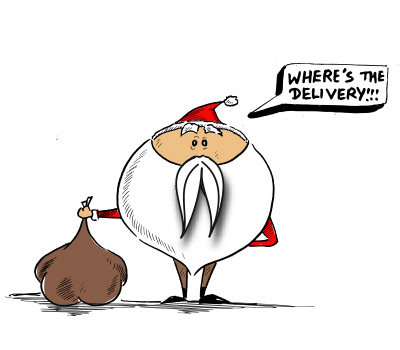
What Is Meme Marketing, And How Does It Work In Digital Marketing?
Because of a meme’s potential to be incredibly relatable and effectively communicate sentiments, attitudes, and situations, corporations began using them to sell themselves as memes became more popular.
Netflix is a good example of meme marketing. Memes are nothing but a means of communication. It is a way for marketers to communicate with their audience.
Benefits of Meme Marketing
1. Memes Are Inexpensive To Make
We all are aware that internet memes have a particular homey feel to them.
Anyone can participate by adding text to classic memes using services like Meme Generator.
Brands can use memes developed by others in their marketing campaigns, but it is best to create your own if you intend to use them for marketing.
To catch up with cultural trends, marketers will have to work a little more.
The difficult part is coming up with a clever caption.
2. Memes Can Be An Effective Brand-Building Tool
You can also make your own meme-worthy content. That is, brands have the ability to generate content that has the potential to become a meme in and of itself.
If marketers want to utilize a trend like the Squid Game craze as a vehicle for brand messaging, they must embrace the spirit of the craze.
The Pepsi example is amusing, and the message “If You Know You Know” makes a subtle reference to other show lovers.
Netflix, with its content factory and Hollywood stars, has a natural advantage. Memes, on the other hand, do not require this level of polish to appeal to a broad audience.
3. Memes Provide Immediate Feedback
Their sole purpose of involving memes is to go viral, and this is something that every brand has discussed since the inception of social media.
On this front, there are no assurances, and most memes will fade away shortly.
However, this should be viewed as an opportunity for businesses to learn rather than a reason to abandon memes. Marketers can utilize memes to generate a rapid response from their audience as long as the meme effort isn’t terrible and time-consuming.
It’s worth an attempt at making a meme if it’s appropriate for your business. They are inexpensive to create and, if not used, will quickly fade away.
So, no doubt meme marketing is effective and essential for a successful digital marketing strategy in order to drive sales and draw all the attention towards your brand.
